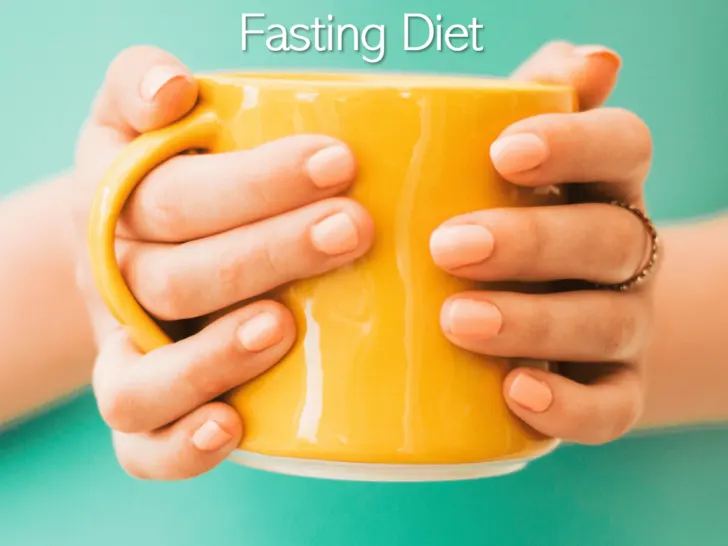Some of the links in this post are affiliate links. This means if you click on the link and purchase the item, we will receive an affiliate commission from the vendor at no extra cost to you. These business relationships allow us to keep bringing you great EatMoveHack content. All opinions remain our own.
This is the program I used in my article How I lost 65 Pounds in 1 Year. I wasn’t the first person to use this program and I wasn’t even the person with the biggest weight loss. Since it seems to work for everyone I know who’s tried it, I’m sharing it. This low carb and intermittent fasting diet plan help you change your body by changing when and how you eat.
This program breaks down in detail what you can and can’t eat and when you can and can’t eat. It’s a forgiving diet plan that understands food is part of life and relationships. That weight loss (and weight gain) happen naturally throughout life. This plan is designed to be part of your life, not a barrier to it.
Let’s get into it!
Let’s talk about the goals of the diet first:
Overall, the goal of the program is to switch your body from burning sugar (by reducing how much is in your diet) to burning fat. There are tons of fantastic other benefits, including how your body responds to insulin.
We’ll talk about some of those as we go through the program.
The plan is broken into three big parts.
- 2-week kickstart
- Long-term weight-loss stage
- Maintenance
In this article, we’re going to focus on parts 1 and 2. The Maintenance phase we’ll cover in a future article.
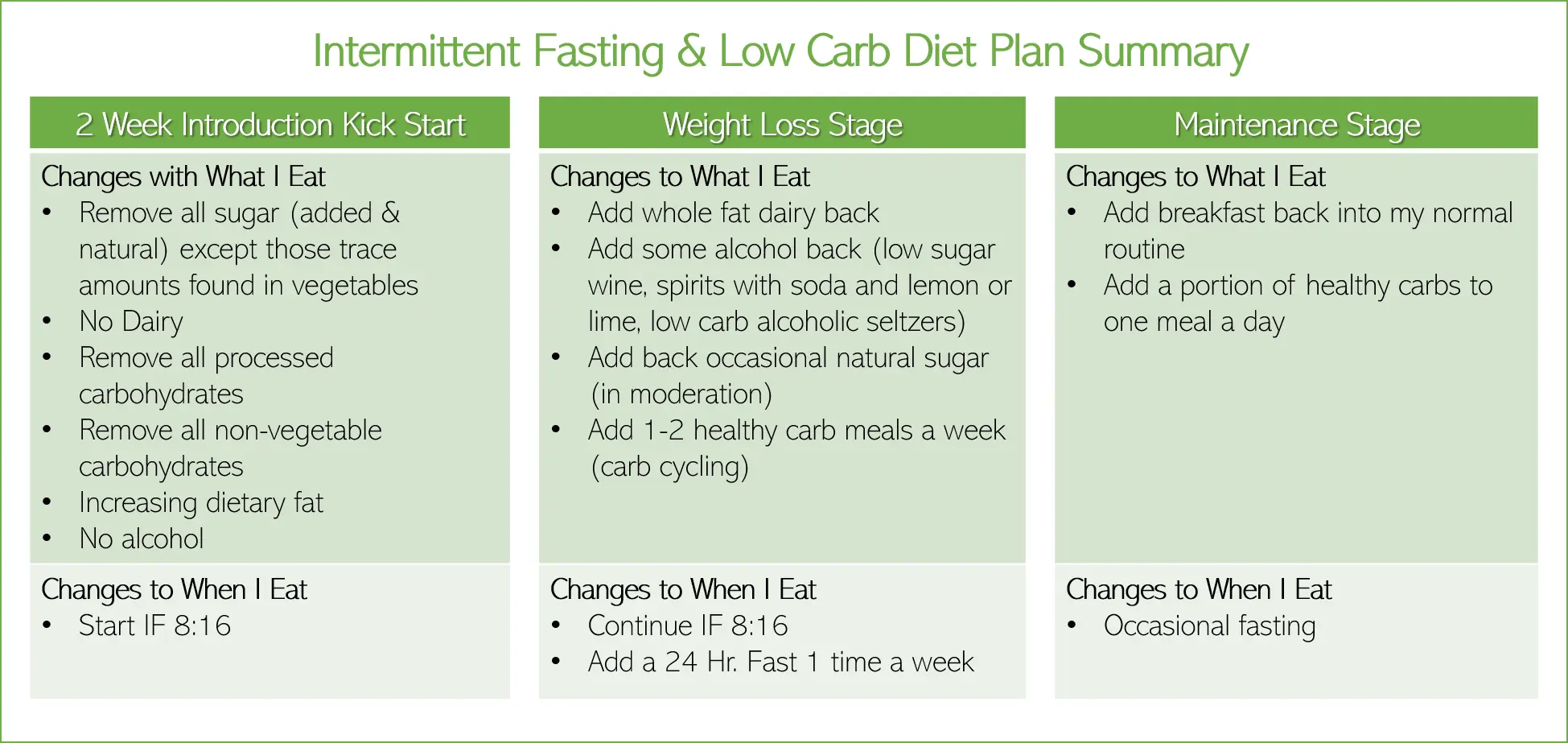
2-Week Kick Start on Low Carb and Intermittent Fasting Weight Loss Diet
The first two weeks jump right into your low carb and intermittent fasting. For most, it’s pretty intense so let’s talk about the immediate goals of that period.
- Removing all sugar (in the first two weeks this will include added and natural sugar – except the trace amounts that will be found in vegetables – as well as sugar substitutes like Stevia)
- Eliminating all processed carbohydrates (bread, pasta, chips, crackers, etc.)
- Stripping out all non-vegetable carbohydrates
- Removing all dairy (solely because of the sugar content thereby making it ineligible for both reason one and reason three)
- Increasing dietary fat (avocado, coconut oil, butter, ghee, olive oil, grass-fed beef, chicken, sardines, salmon, etc.)
- Utilizing intermittent fasting to help control insulin resistance (whether a few days a week, alternate-day fasting, or daily fasting)
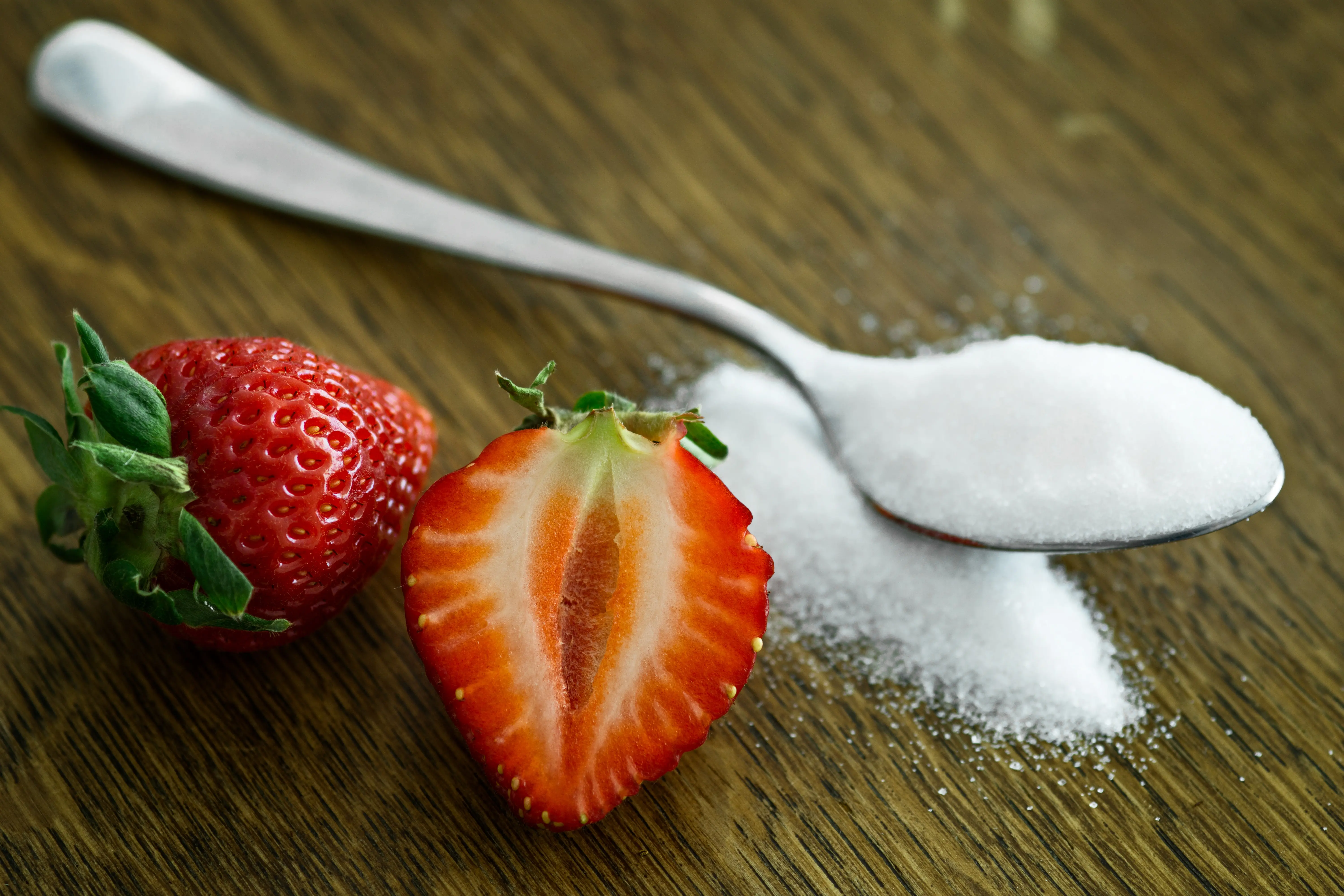
Sugar
Let’s start with sugar. It has to be removed from your diet.
There is nothing that you can eat that will spike your insulin levels faster than sugar, especially processed non-naturally occurring sugar (i.e., table sugar, brown sugar, honey, etc.).
These food sources without the natural fiber support make them so easy for your liver to shuttle into fat. There really is no other choice for this food as it has no other nourishing values.
So, once it comes into your body it spikes insulin and the liver recognizes its arrival and pushes it into fat stores…what else is it going to do with it. It is only good for future fuel.
Now, during the first two-week period you also want to remove all naturally occurring sugar as well. This is primarily found in fruit (don’t worry about trace amounts of sugar in vegetables).
Fruit will be able to be reintroduced after the two-week period because there are some serious health benefits to certain fruit (i.e. blueberries, strawberries, blackberries, etc.) but for the first two weeks, let’s keep those out as well.
Remember, during this two-week period we are trying to force the body to stop looking for sugar and carbs (glucose) as a fuel source. So, we have to deprive the body of it so the body will reset.
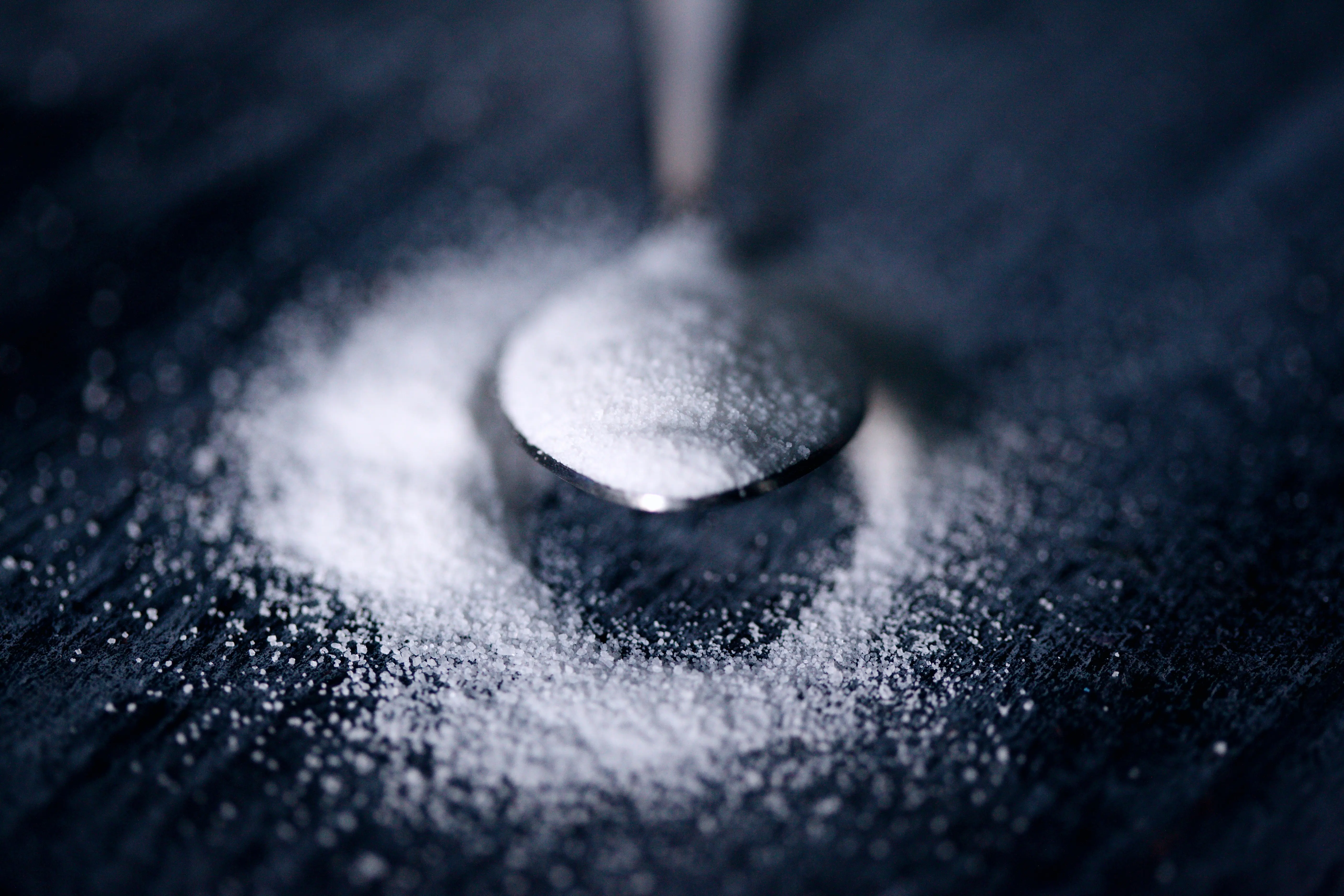
Sugar Substitutes
All sugar substitutes are also out. The old belief that these were okay because they didn’t affect blood sugar levels is wrong.
It’s not whether there is sugar in the bloodstream but whether you are producing insulin as a result of what your body believes. So, you take a sugar substitute and your body “thinks” that you have just ingested sugar (actually it starts before you actually ingest it because your body is pretty smart) and it triggers the release of insulin to “resolve” the sugar that is about to be in the blood.
So, even though you are not consuming sugar your body believes that you are, and it triggers the sugar clean-up crew – insulin, which will start pushing the nutrients into the liver for fat production.
Plus, most sugar substitutes fall into the processed food category which makes them off-limits anyway.
Carbohydrates
Carbs have to go. It’s part one of the low carb and intermittent fasting diet plan.
Carbs obviously include processed (i.e. pasta, bread, chips, crackers, anything with flour, etc.) but also naturally occurring carbs (i.e. potatoes, rice, quinoa, fruit, etc.).
The naturally occurring carbs will be able to be reintroduced to the diet after the two-week period in an intentional way, so don’t worry about saying goodbye to them forever.
We’re just trying to get through the cleanse phase and the redirection towards fat stores. That means we can’t trick the body by giving it some carbs, whether natural or processed. We have to force it off this energy source.
Now, there are some foods that on their label show that the food has carbs, for example, 100% dark chocolate. Well, 100% dark chocolate does have carbs but those carbs are solely reserved for the fiber content in the food.
Fiber is not absorbed by your body and therefore does not trigger an insulin response. So, foods that have fiber in there as the sole carb source are fine because your body will not release insulin upon its consumption. After all, it knows that it will pass through without absorption.
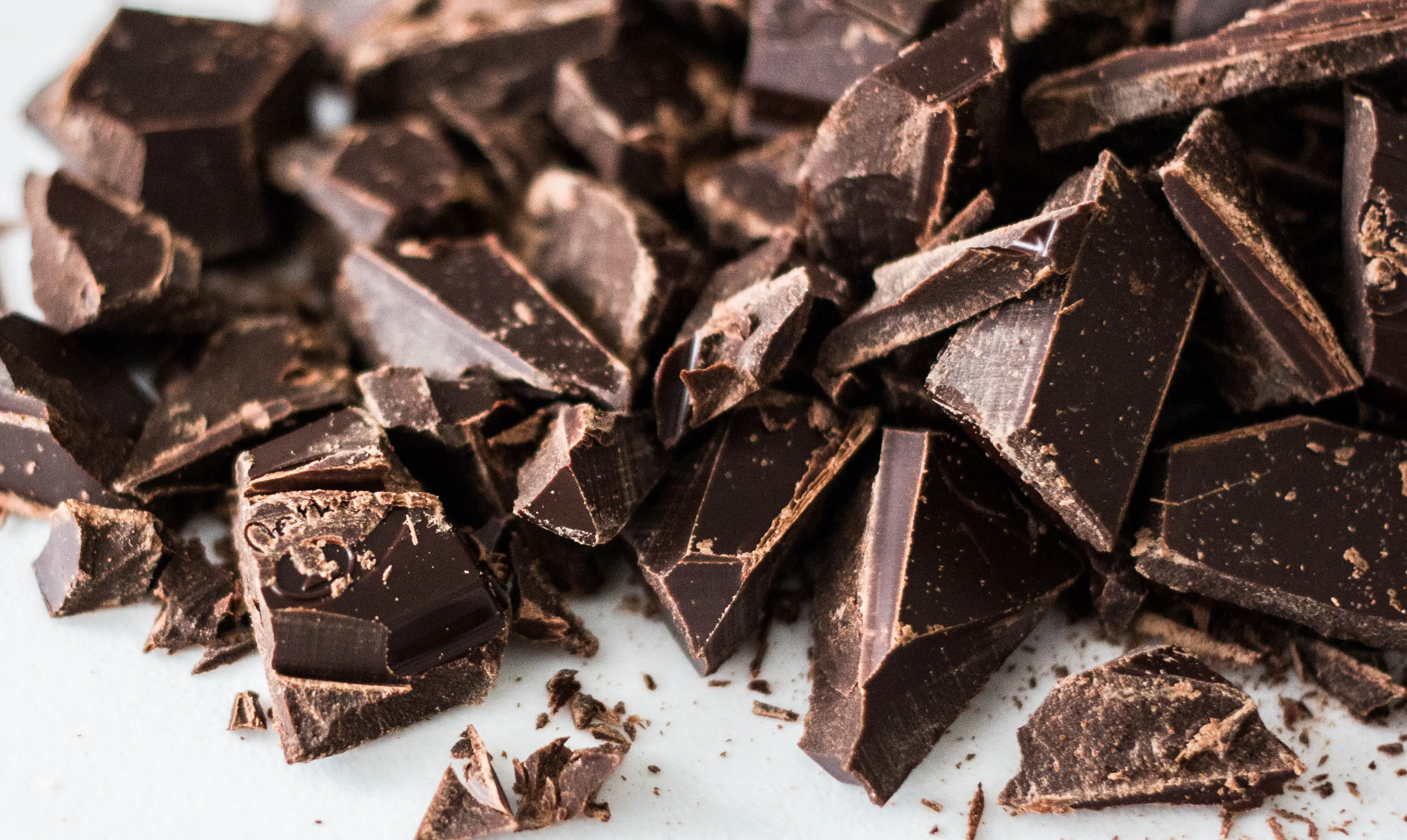
Dairy
Dairy has to go during this two-week kickoff, too. Not because it’s dairy, but because it has natural carbs and sugar. So, in keeping with removing carbs and sugar as part of the kickoff, we have to eliminate them for these two weeks. But, again, don’t worry because you will get to add it back later.
What you CAN eat
Now, the good part. What you can have. There’s plenty you can have during the kick-off in the low carb and intermittent fasting diet plan.
Dietary Fats
Dietary fats are going to be king during these two weeks. This is only going to further suggest to your body that it needs to look too fats for fuel….that will be most of what is available, either through the food you eat or from your own body during fasting periods.
There is really no limit to how many dietary fats you can eat during this period.
Now, don’t load up your plate with meat-based proteins in this period because that can be hard on your body and because there are other important fats out there.
Look to olive oil, butter, avocado, fish (the oily the better – i.e. sardines, salmon, mackerel, etc.), coconut oil, ghee, grass-fed beef, eggs, chicken (thighs over breasts), bacon as long as it isn’t burned, etc.
You want to give your body these good fats to help accelerate the redirection towards fat as a fuel source.
You also want to step up your consumption of good dietary fiber. Think dark-colored leafy greens.
Here is a good list of suitable fiber vegetables (clearly, during this two-week period remove the potatoes from available sources. And check out the recipe below for Keto Turnip Chorizo Soup, it’s chuck full of good dark leafy greens!
Fiber
Again, remember that fiber is not really absorbed by your body but rather acts as a mechanism to help “push” food through the system. At this stage, fruits and vegetables aren’t equal to fiber sources.
So, don’t worry too much about whether you are eating “too much” fiber-based vegetables. It’s almost impossible. You can eat too much fruit since it contains natural sugars.
So, step up your dietary fats and dietary fiber as the primary sources for your fuel over the next two weeks.
And check out this Keto Turnip Chorizo Soup recipe for a great way to get dark greens, good fats, and fiber! Just skip the heavy cream.
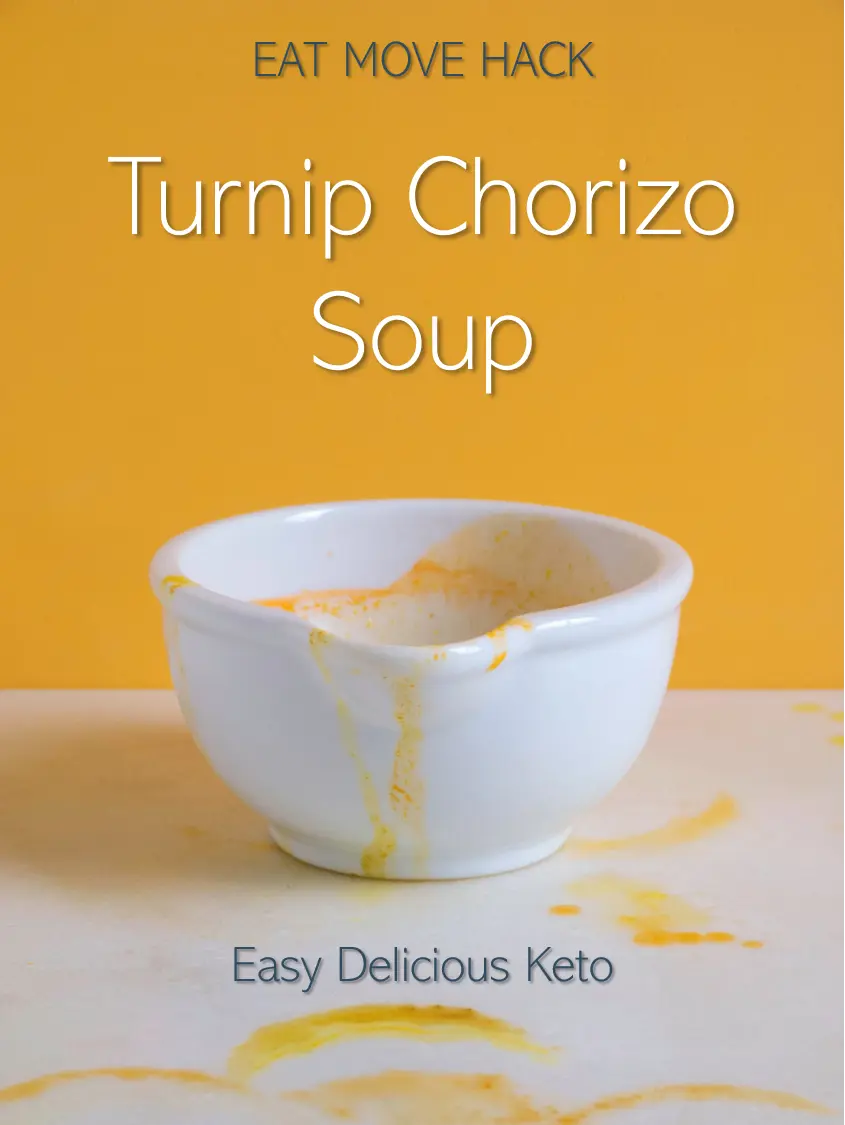
Snacking
Snacking. Ideally, during the kick-off period, you want to have two primary meals. The first when you break the fast (say noon) and another at the end of your eating window (say 7:00 so you finish by 8:00).
Ideally, you would want to avoid “snacking” between these meals because snacking can raise insulin levels again.
Almost all foods you eat trigger insulin release. It is your body’s way of being ready for sugar. If there is no sugar/carbs for the insulin to attack then it slowly makes its way out of the bloodstream naturally.
However, each time insulin is released your body builds up an additional layer (although very short each time) of insulin resistance.
The goal of our low carb diet and intermittent fasting plan is for our bodies to react properly to normal levels of insulin.
We do this by fighting against insulin resistance. If we are resistant to insulin the only way the body can force insulin compliance is through the use of more insulin.
Think about a drug addict that builds up a tolerance to their individual drug. The same happens with insulin. The more your body gets the more it wants.
During the kickoff, we want to limit the times when insulin is released into our bodies, so we want to avoid snacking.
If you feel compelled to snack just continue to stay within the guidelines. It is better that you snack than to fall off the plan altogether. If you do snack don’t beat yourself up about it.
Again, the release of insulin only creates an infinitesimal level of added resistance. So, if you snack you have not done any significant damage to your progress.
But, if we can progress daily that is what we want to shoot for, so to have steady forward progress we should try to avoid snacking.
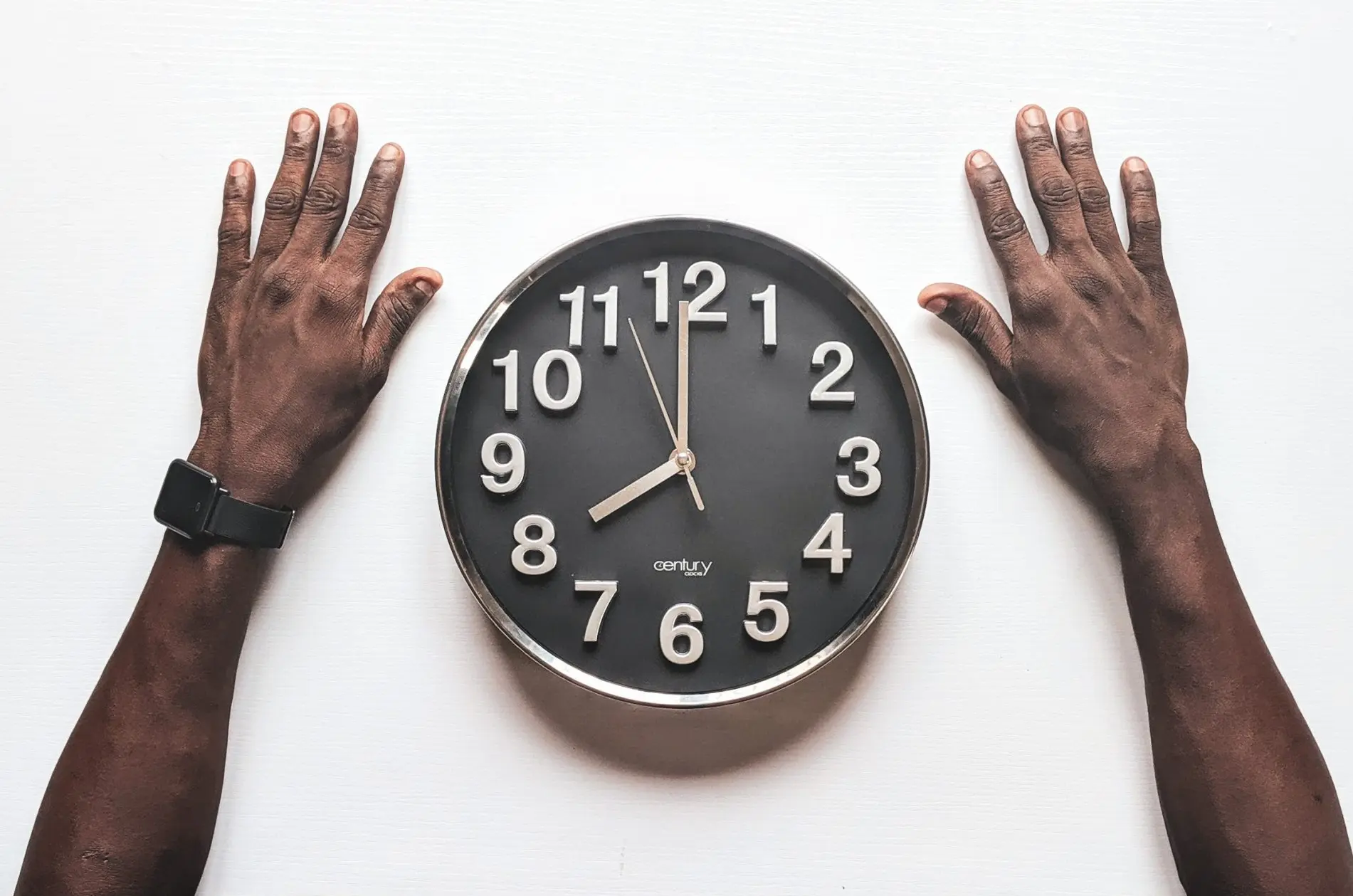
The Intermittent Fasting Part of the Weight Loss
Obviously, fasting is a significant part of the low carb and intermittent fasting diet plan. If you want to learn more on where you can start with IF, check out our article here.
This plan utilizes a 16:8 fasting schedule. That means you can eat 8 hours of the day and you’ll fast for 16 hours.
Most people, on fasting days, find success by skipping breakfast, eating lunch later than noon, and finishing dinner before 8 pm.
During your fast, you only have no-calorie liquids. Things like black coffee (no sweetener), plain tea (again, no sweetener), and electrolyte water (aka sole water). So let’s talk about those.
Before going to bed it is a good idea to have about 6-8 ounces of water.
When you wake up, drink another 8-12 ounces of sea salt infused water – one teaspoon. This will help balance out your minerals.
As an aside, if you ever feel lightheaded while you are using intermittent fasting you can drink more of this saltwater infused water as it is most likely a deficiency with your electrolytes that will be cured with some of the sea salt.
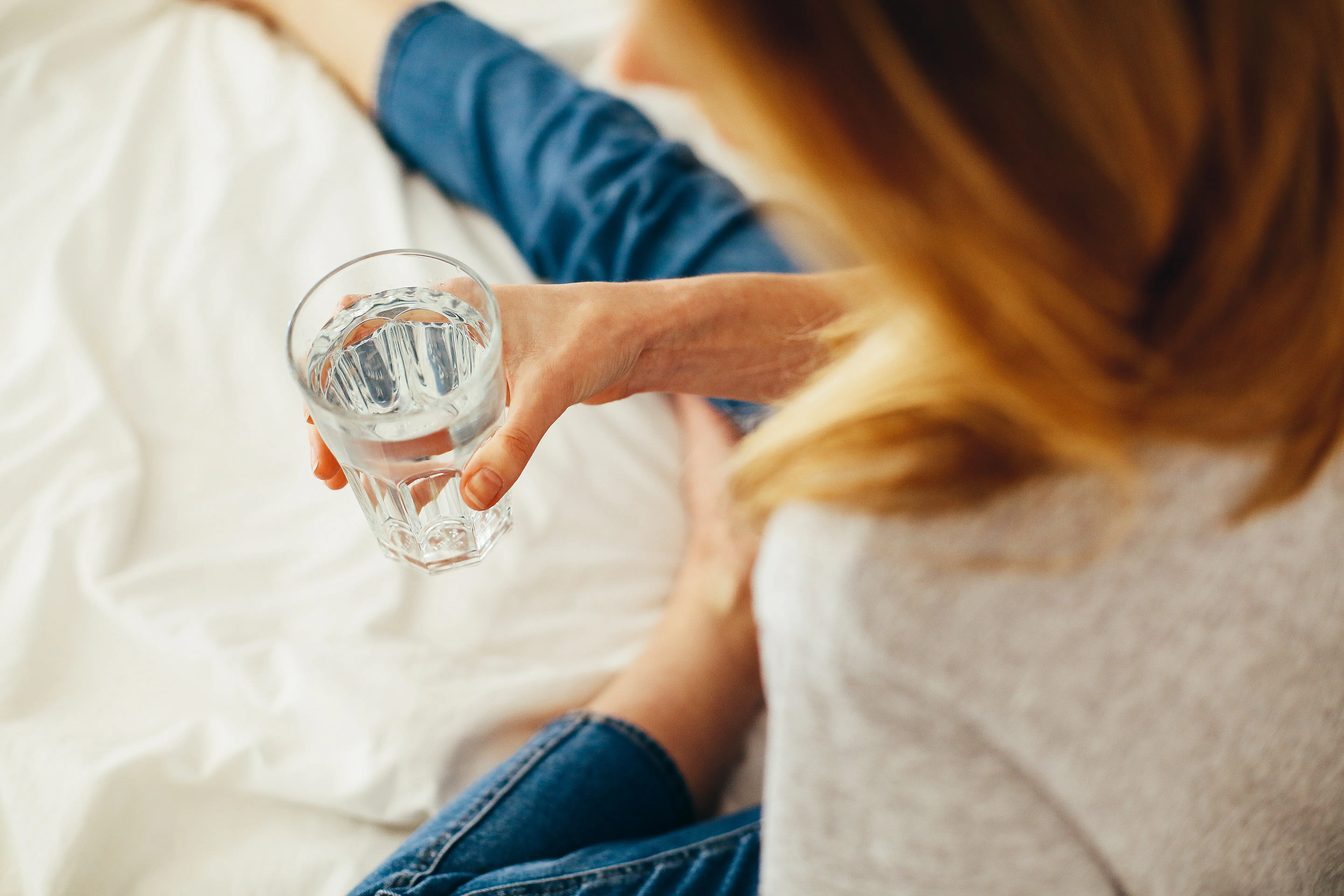
You do want to be careful about not overdoing the sole water as you can consume too much sea salt which will lead to other issues. However, a teaspoon in the morning and any time you feel lightheaded should be fine.
Teas are also acceptable drinks during the fasting state, as well as sparkling water as long as there are no added sugars or sweeteners.
The fasting period should be the easiest part of your diet, it means you have to plan one less meal.
The goal is 16 hours of fasting with 8 hours of eating. If you want to end your eating at 7 then you can push your next day’s opening eating window up to 11.
If you need some help tracking your fasting, check out this Intermittent Fasting Calculator – it can be very helpful in keeping you on track.
Final Thoughts on Phase One
One other point for this first 2-weeks. To get the maximum benefit from this fasting period it is best to limit “snacking” even during the fasting window.
If you can limit yourself to 2 meals with no snacking then you will get the maximum benefit. If you are not able to do so then that is fine.
It will not be a detriment if you snack (within the confines of the plan) but it could “accelerate” the fasting if you avoid the snacking.
The real goal of fasting is not to lose weight, that is a byproduct of the exercise.
The real goal of fasting is to lower your insulin in the short term and in the longer term to reduce your insulin resistance.
Once you reduce your insulin, your body naturally shifts from a glycogen-based energy system to a fat-based energy system. Don’t be afraid that you are “depriving” your body of glucose. Your body is more evolved than that. Your body is able to create its own glucose through a process called gluconeogenesis. That’s your body’s ability to create new glucose from fat stores.
You want to move your body away from depending primarily on food for all fuel and rather shift your body to using its gluconeogenesis and ketones systems to help along the way.
Don’t get me wrong, your food will still provide fuel to your body but we want that to be the supplement rather than the primary energy source. Your body will process this food during the eating windows in conjunction with the gluconeogenesis and ketosis through fasting. If you only adjust your food, you’ll never force your body to get to the gluconeogenesis stage.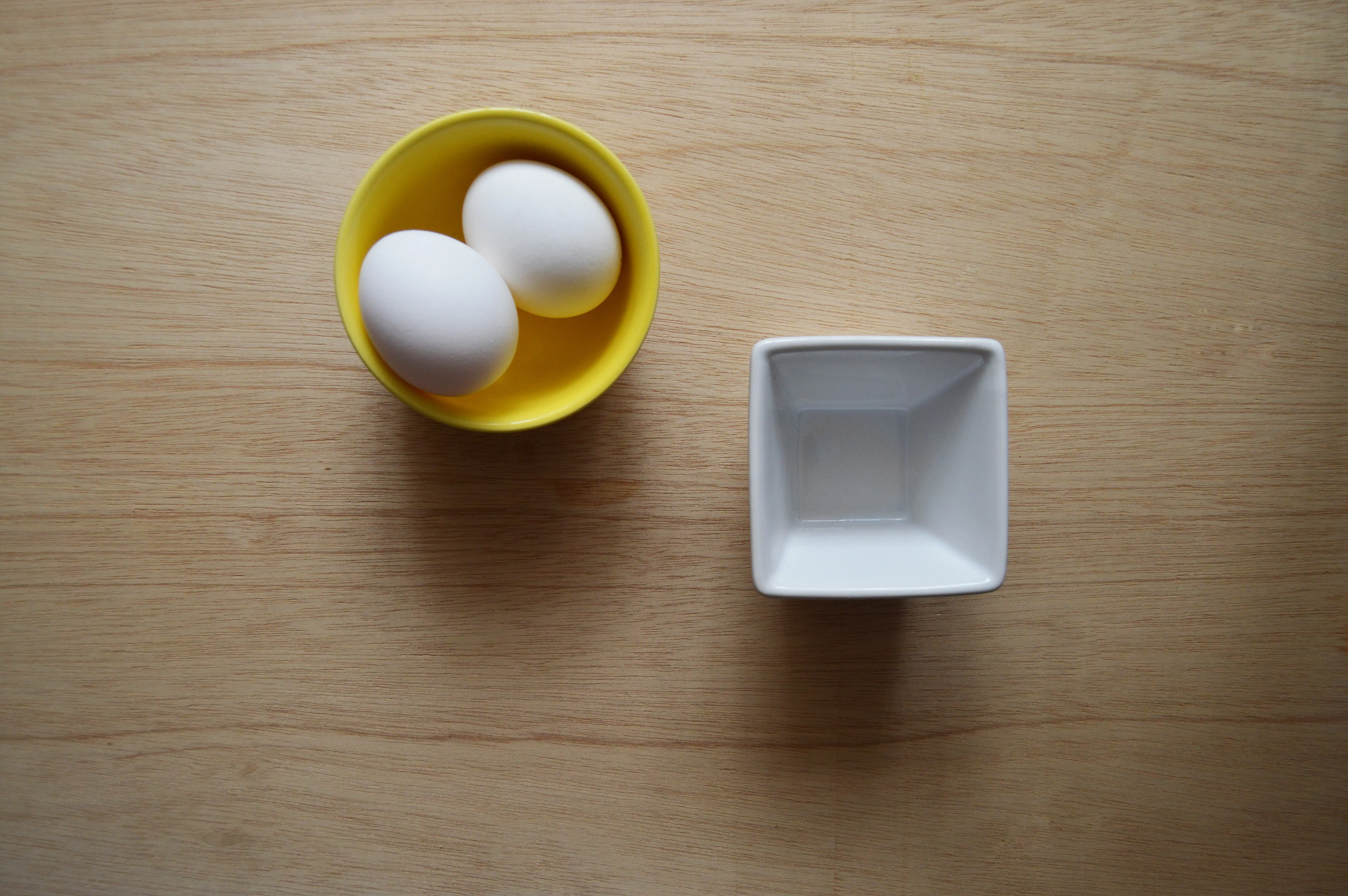
Eating While Doing Intermittent Fasting
It’s important to recognize that you can really eat as much of the permitted food as you want during eating windows. Don’t worry so much about your caloric intake of the “good” food. We aren’t trying to reducing your calorie intake to 500 calories a day. Eat. Eat good food at the right time. That’s the goal.
Your body will either find a use for the calories or it will excrete the excess calories (yes, your body can simply allow food to pass through without turning it into fat, especially if your insulin levels are under control).
Through fasting, you will also speed up your basal metabolic rate, something that does not happen with a calorie deficit diet.
So, with a higher metabolic rate, your concerns about “calories” should be forgotten. Just focus on the quality of the food and not the quantify
Now, with that being said, you need to make sure that you are eating enough and you need to listen to your body when it tells you it is full – gorging, while it will not likely have negative effects on what you are trying to accomplish, can lead to severe discomfort.

Phase 2 of EMH’s Low Carb and Intermittent Fasting Plan
Good job on making it through the toughest part. Two weeks with no carbs/sugars is very tough to do. Your body should have now switched from a glucose powered unit to a fat-burning powered unit. That was the point and it takes about two weeks to make that happen.
You probably noticed some weight loss. Most of that is water weight (who cares though whether it is water or fat…extra weight is extra weight!).
Your body retains water when it is dependent upon carbohydrates and glucose for energy. So, the fact that you have shed weight is indicative of the fact that your body has begun the transition away from glucose to fat.
Now, here’s you know what to expect over the next period.
You will continue to adhere to a fasting schedule you’ve been using for the kickoff.
This will continue to all you to see weight loss, but those are primarily going to be losses in fat stores.
Remember, one pound of fat is equivalent to about 3,500 calories. If your basil metabolic rate (the amount of daily energy you need to simply be alive) is 2,000 calories then you can see that one full day of fasting will not even consume one pound of fat. It would take 36 hours of pure fasting to burn one pound of fat. Within one week of a pure fast, you could expect to lose about 5 pounds of fat.
So you shouldn’t get discouraged if the weight isn’t coming off fast enough. Realize that it is a pure math game here. Your body can’t burn more than about a pound a day in a pure fast and even less than that with a 16:8 fasting schedule. So, keep the progress realistic and moving forward.
If you continue to adhere to the 16:8 schedule you could expect to burn somewhere around 1/2 pound of fat per day of fasting. That is still really good but I know some people are looking for much faster results than that, and honestly, it just isn’t possible.
Weight loss happens differently for everyone, but the flexibility of the low carb & intermittent fasting diet does lead to weight loss, just be patient.
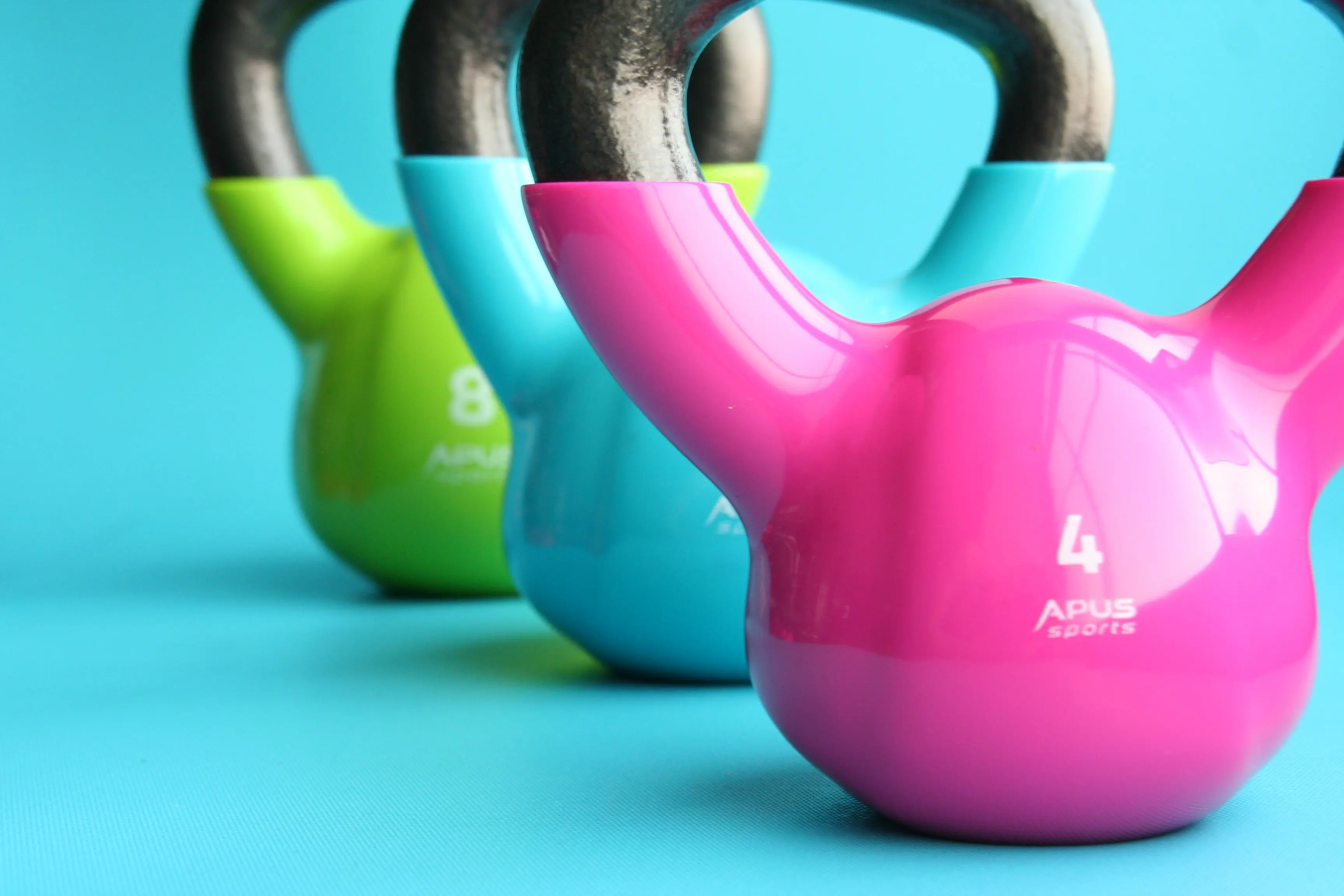
Exercising
Also, don’t try to ramp up the exercising to force your calorie needs higher. Your body will account for this and make you eat more during your eating window.
You certainly can exercise more but don’t try to force yourself into greater weight loss ranges.
This is a good time for your exercising to focus on the areas of your body where you would like to see eventual improvement.
If that is to your cardio base, then work on cardio (regardless of whether it helps you lose weight).
If you want more defined arms, legs, butt, etc. work on those areas. That way, by the time the fat has been consumed you will have already started the work at sculpting the body you want.
For more on this, check out Intermittent Fasting and Exercise – The Truth.
Adding Back Food to the Low Carb and Intermittent Fasting Diet
Now, onto what you can add back into the diet. This is the fun part of our low carb and intermittent fasting diet plan.
You start adding back in what I call the pure carbs. These are the unrefined carbs (so, bread, pasta, chips, etc. are still out).
Pure carbs are rice, potatoes, yams, dairy, and fruit. These can start coming back into your diet but not to the degree as before. You should be looking to consume somewhere in the range of 50-75 grams of carbs per day as part of the new diet.
Now, for me, I like fruit, so I like to get my carbs from fruit. Fruit has an added bonus of added fiber, vitamins, and nutrients. Berries are the best kind of fruit to eat because of there added antioxidants.
However, any of the natural pure carbs are fine sources for this carb intake.
So, 1 cup of white rice is about 45 carbs. One cup of sweet potato is about 27 carbs. An equal amount of blueberries is about 21 grams of carbs. A cup of milk is about 12 carbs. One cup of cheese is less than 10 carbs. One cup of quinoa – 39 grams. A glass of wine – 3.8 grams. One can of beer – 13.
So, you can see that there is a way to move carbs back into your diet without risking progress or gains.
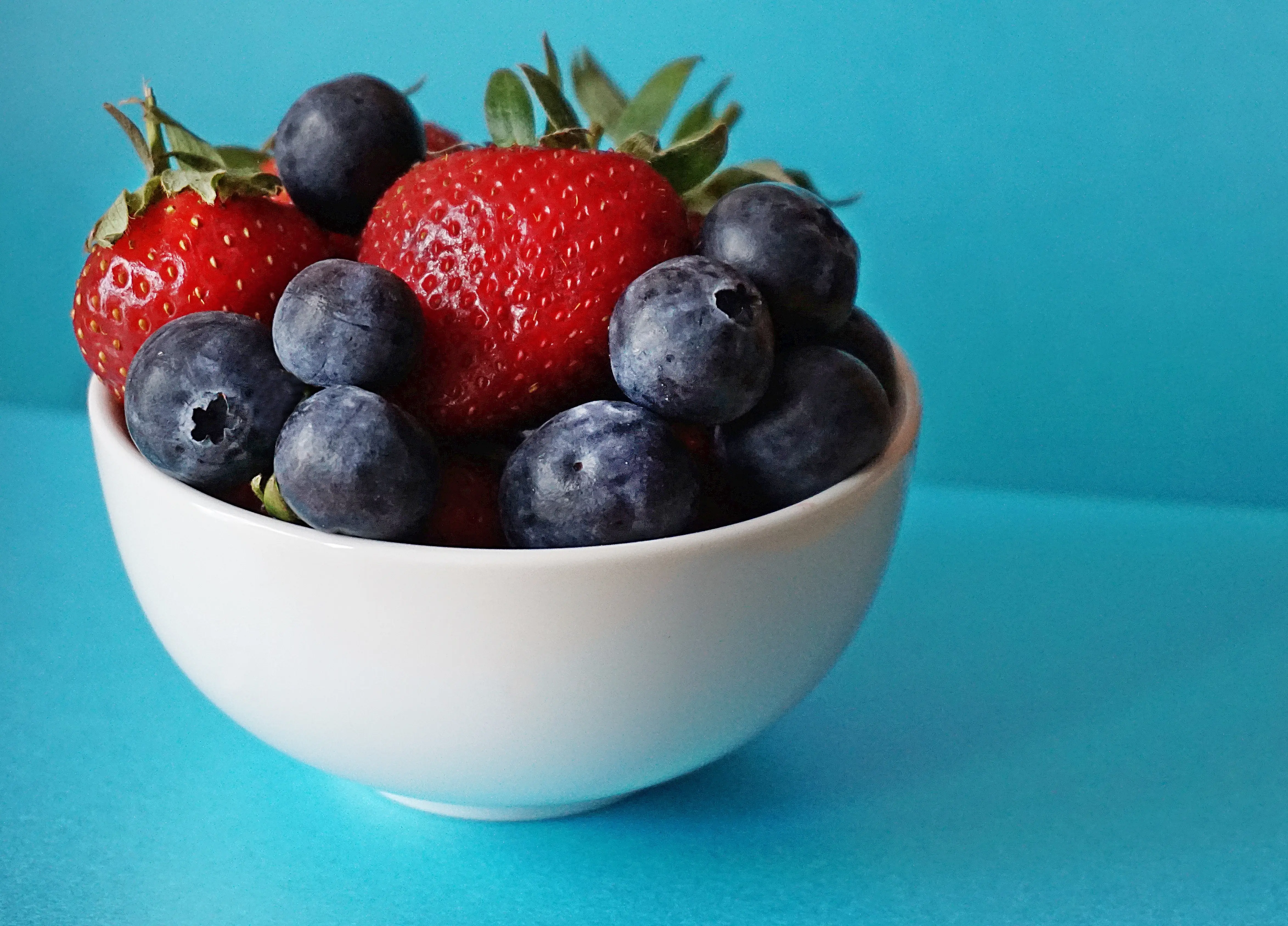
Now, you may be tempted to totally keep carbs out of your diet. A few things to think about that.
First, that is going to be hard. You do not want to become the person who won’t eat anything. We should enjoy food and eat with friends.
Second, your body could benefit from some level of carbs and the fiber, vitamins, and nutrients that come along with pure carbs.
So, you should not deprive your body of these food sources forever. They just need to stay in the proper position of your total food consumption so that your body can remain reliant upon fat for fuel.
This is a low carb and intermittent fasting diet plan, not a no-carb plan.
If you would prefer to keep carbs out of your diet most of the time then you can do something called carb cycling. With carb cycling, you will have one day per week when you consume your carbs. On this day you will consume somewhere in the range of 75-150 grams of carbs.

No shame days
If you have an off day it does not matter. If you eat during the fasting window, or if you have an off-eating day (cake, cookies, ice cream, heavy drinking, fries, etc.). Don’t worry. One day (or more) will not undo weeks or months of positive eating. All you have to do, without self-loathing or negative talk, is get right back into the routine the next day.
It may take a few days to catch back up to where you were but who cares. Unless you have a bikini photoshoot the next day where you have to look perfect in the photo then it really does not matter. Your body is going to evolve, one way or the other, by a matter of ounces. Good days will move you the right way by ounces. On bad days it will move you the other way by ounces. Not even a pound (let alone pounds).
After a bad day of eating/drinking, we somehow are able to convince ourselves that we have gained ten pounds. This is impossible. On good days, when we do everything right, we are able to convince ourselves that we haven’t lost any weight. This is a problem in the brain.
Understand that and accept that your brain is sometimes wrong. Don’t beat yourself up with bad decisions. This low carb and intermittent fasting diet plan is flexible enough for you to recover from days when you slip or indulge, without losing everything you’ve worked for.
Drinking Alcohol on the Low Carb and Intermittent Fasting Diet
Now, drinking. Drinking is another common way to consume carbs. They aren’t any worse for you, carb-wise than sweet potatoes.
In fact, there is a lot of research out there to suggest that there are some very positive benefits to drinking.
The real reason that drinking usually leads to weight gain is that we normally eat worse when we drink. Our inhibitions are lowered and our willingness to do things that we wouldn’t normally do sober increases.
So, you are more willing to eat the cake or the pizza when you are drinking than when you are sober. So, just keep that in mind when you are drinking. The drinking is the key that unlocks the door to the room of bad decisions.
Check out these 12 Keto-Friendly Adult Beverages if you need some ideas for drinks that keep you on track.
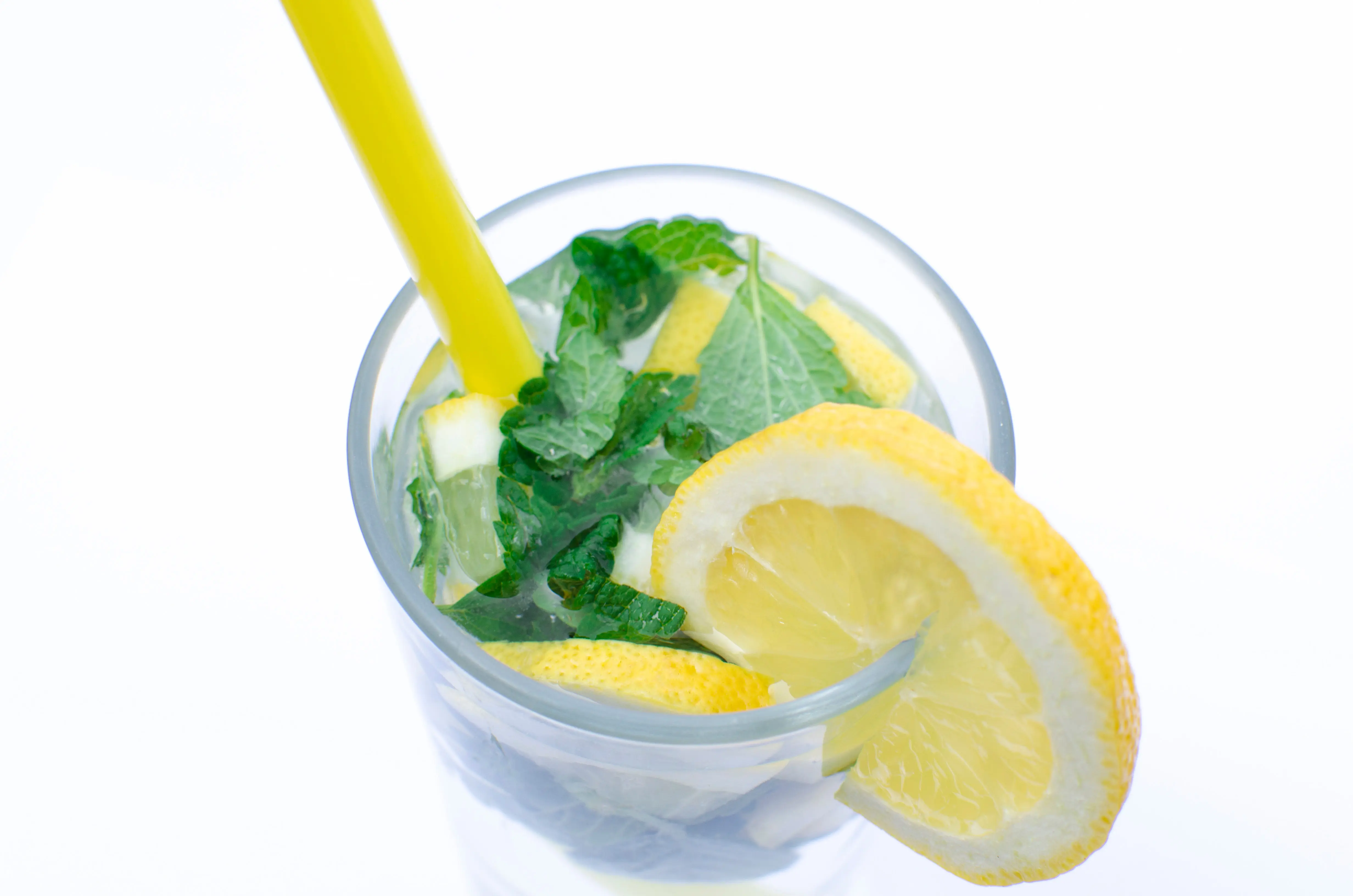
So, that’s it. Keep on the course. Add back in good, pure carbs, and keep making progress. Thank you for checking out this article about David’s low carb and intermittent fasting diet plan. Check out our other articles below for more resources and inspiration to make your changes a success.

